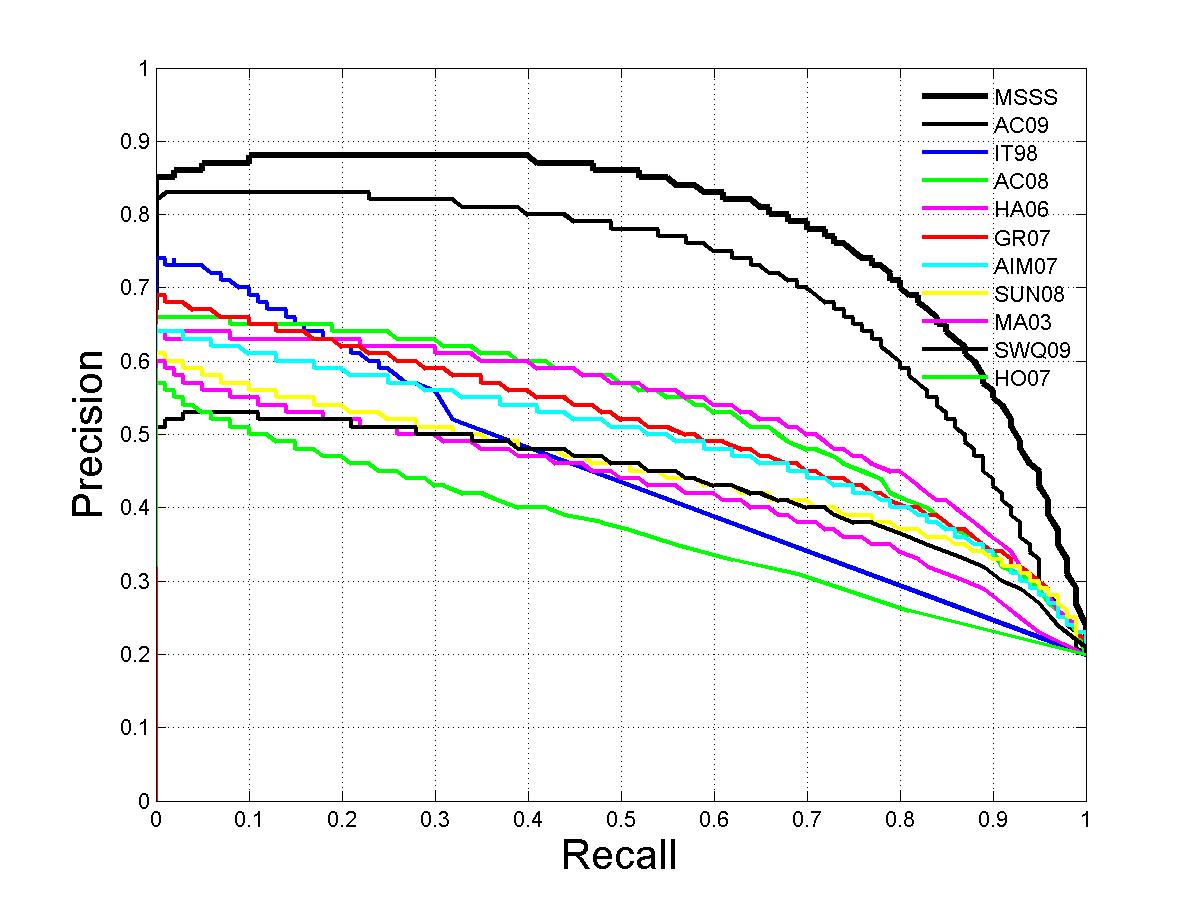Author
Abstract
Detection of visually salient image regions is useful for applications like object segmentation, adaptive compression, and object recognition. Recently, full-resolution salient maps that retain well-defined boundaries have attracted attention. In these maps, boundaries are preserved by retaining substantially more frequency content from the original image than older techniques. However, if the salient regions comprise more than half the pixels of the image, or if the background is complex, the background gets highlighted instead of the salient object. In this paper, we introduce a method for salient region detection that retains the advantages of full resolution saliency maps with well-defined boundaries while overcoming their shortcomings. Our method exploits features of color and luminance, is simple to implement and is computationally efficient. We compare our novel algorithm to six state-of-the-art salient region detection methods using publicly available ground truth. Our method outperforms the six algorithms by achieving both higher precision and better recall. We also show an application of our saliency maps in an automatic salient object segmentation scheme using graph-cuts.
Reference
Radhakrishna Achanta and Sabine Susstrunk, Saliency Detection using Maximum Symmetric Surround, International Conference on Image Processing (ICIP), Hong Kong, September 2010.
Download C++ Code
MS Visual Studio 2008 workspace
Download Matlab Source Code
Visual Comparaison
 |
 |
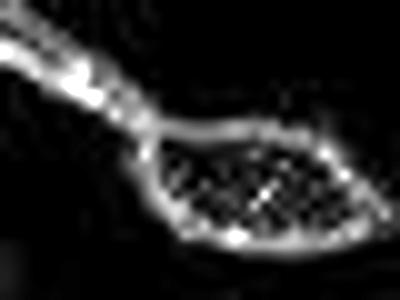 |
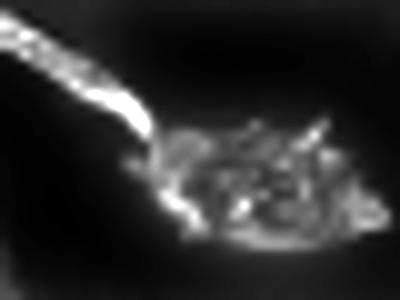 |
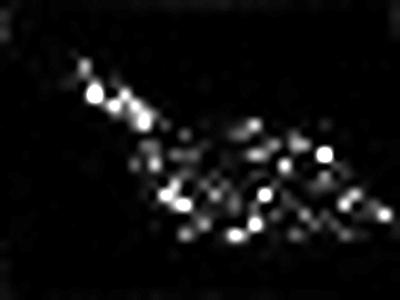 |
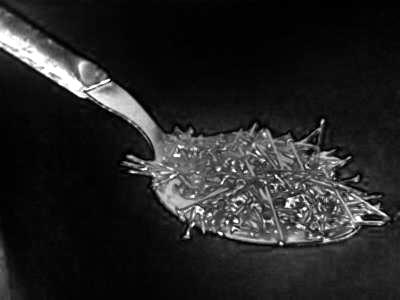 |
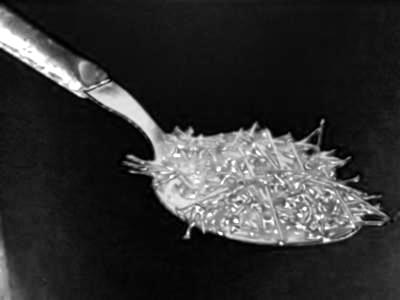 |
 |
 |
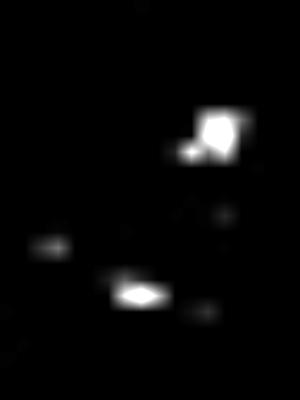 |
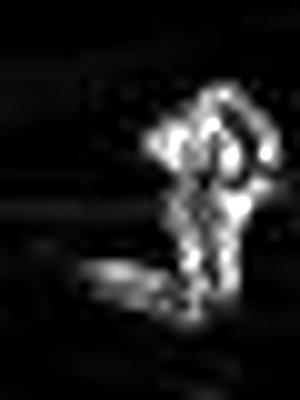 |
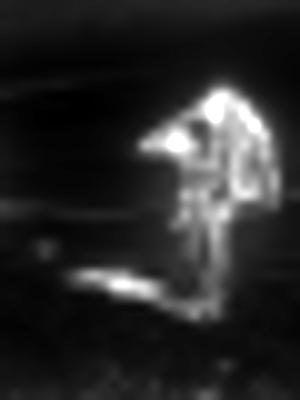 |
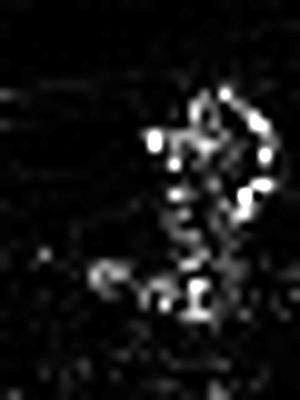 |
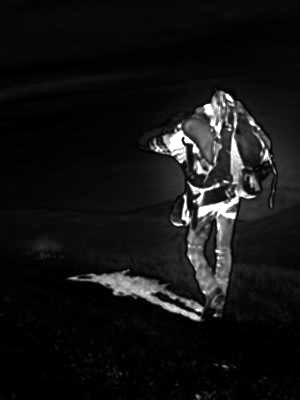 |
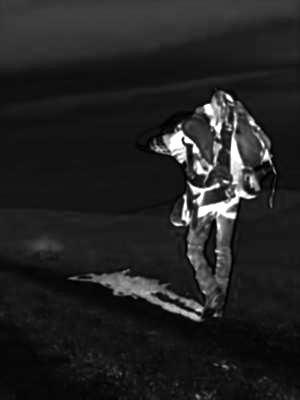 |
 |
 |
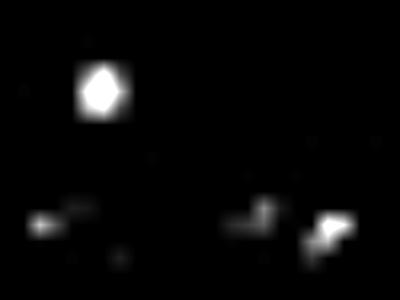 |
 |
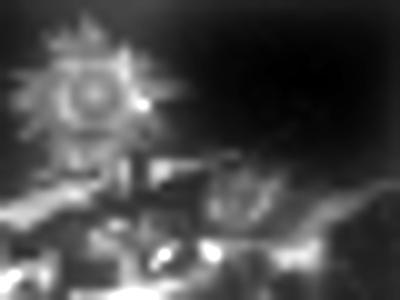 |
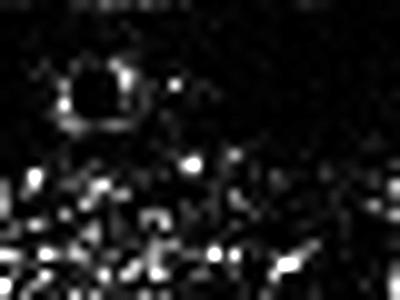 |
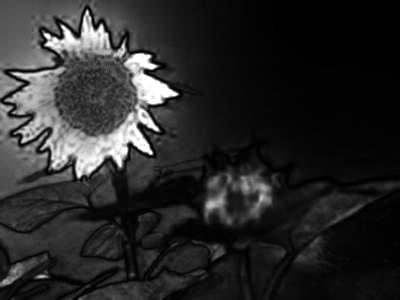 |
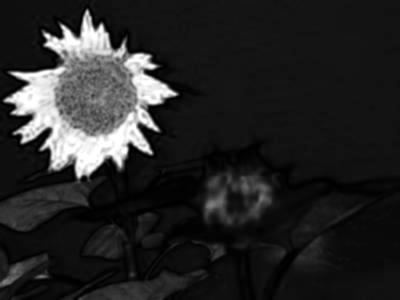 |
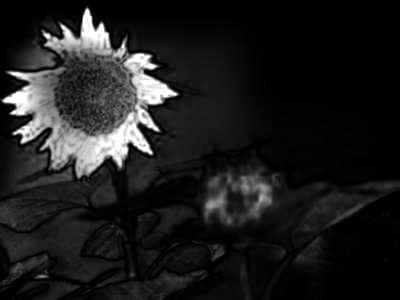 |
| Original | [IT98] | [MA03] | [HA06] | [HO07] | [AC08] | [AC09] | [MSSS] |
Quantitative comparison
The figure below shows the precision-recall curves obtained using ground truth. The number of techniques compared against is more than in the paper. Also the precision-recall curve for MSSS is higher than in the paper because of the use of a better RGB to CIELAB conversion function (available in the C++ code).
Other saliency detection methods
[IT98] L. Itti, C. Koch, and E. Niebur, “A model of saliency-based visual attention for rapid scene analysis,” IEEE Transactions on Pattern Analysis and Machine Intelligence (PAMI), vol. 20, no. 11, pp. 1254–1259, November 1998.
[MA03] Y.-F. Ma and H.-J. Zhang, “Contrast-based image attention analysis by using fuzzy growing,” ACM International Conference on Multimedia, pp. 374–381, November 2003.
[HA06] J. Harel, C. Koch, and P. Perona, “Graph-based visual saliency,” Advances in Neural Information Processing Systems (NIPS), pp. 545–552, 2007.
[HO07] X. Hou and L. Zhang, “Saliency detection: A spectral residual approach,” IEEE Conference on Computer Vision and Pattern Recognition (CVPR), pp. 1–8, June 2007.
[GR07]M. Mancas, B. Gosselin, and B. Macq, “Perceptual image representation,” Journal of Image and Video Processing, vol. 2007, no. 2, pp. 3–3, 2007.
[AIM07]N. Bruce and J. Tsotsos, “Attention based on information maximization,” Journal of Vision, vol. 7, no. 9, pp. 950–950, 6 2007.
[AC08] R. Achanta, F. Estrada, P. Wils, and S. Susstrunk, “Salient region detection and segmentation,” International Conference on Computer Vision Systems (ICVS), vol. 5008, pp. 66–75, 2008.
[SUN08]L. Zhang, M. H. Tong, T. K. Marks, H. Shan, and G. W. Cottrell,”SUN: A Bayesian framework for saliency using natural statistics”, Journal of Vision, vol. 8, no. 7, pp. 1–20, 12 2008.
[AC09] R. Achanta, S. Hemami, F. Estrada, and S. S¨usstrunk, “Frequency-tuned salient region detection,” IEEE International Conference on Computer Vision and Pattern Recognition (CVPR), pp. 1597–1604, June 2009.
[SWQ09]P. Bian and L. Zhang, “Biological plausibility of spectral domain approach for spatiotemporal visual saliency,” Advances in Neuro-Information Processing, vol. 5506/2009, pp. 251–258, 2009
